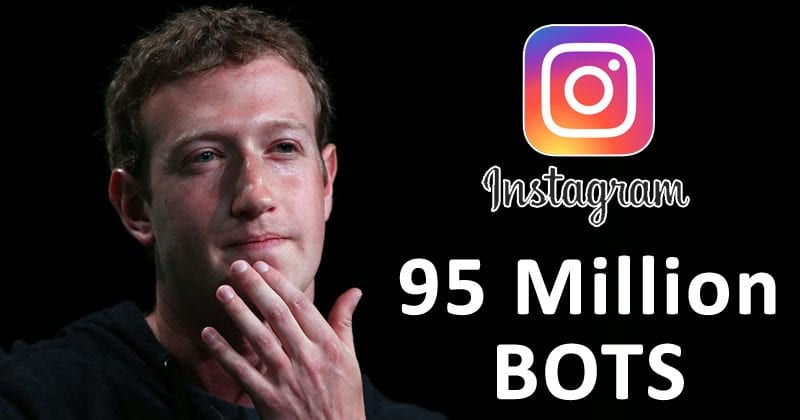This is a frightening number because it accounts for 9.5% of the active account base per month on Instagram, currently estimated at 1 billion profiles. This percentage indicates that, despite the social network giant Facebook’s efforts to combat the problem, the creation of fake accounts only increases: in 2015 a study also conducted by Ghost Data suggested that 7.9% of the 300 million active profiles at that time were not legitimate. To conduct the research, Ghost Data contracted 20,000 bots in a specialized service and analyzed their behavior. The result of this analysis was associated with the behavior of 1 million users for pattern identification. Based on this, the company identified very popular accounts on Instagram that had followers who corresponded to the same behaviors of the bots. From there, Ghost Data estimates that there are 95 million fake accounts on the social network. One of the goals of bots is to fuel the market for services that inflate the number of user followers or try to increase post engagement through tweeting and commenting. But some analysts point out that bots on Instagram should be increasingly used to spread fake news because it is more difficult for social network filters to crawl text embedded in images. As important as identifying irregular content is finding bots. At this point, social networks have failed. Andrea Stroppa, founder of Ghost Data, says there has been progress in recent years, but companies still don’t do enough – even bots that are not sophisticated, which are the majority and have standard behavior, are being detected. However, the social network giant Facebook defended itself by saying that it takes the problem of spam very seriously and in its estimates, fake accounts represent only a small fraction of the active user base of Instagram. However, the company did not say whether or not those estimates matched those of Ghost Data. The situation is worrisome on Instagram, but it’s considerably worse on Facebook. There, the company claims to have eliminated 583 million fake profiles only in the first quarter of 2019. But that does not necessarily mean that the problem is under control: the researchers say it is difficult to estimate the number of bots on Facebook because social networking privacy tools prevent account tracking, a limitation that is much less significant on Instagram. So, what do you think about this? Simply share all your views and thoughts in the comment section below.
Δ


